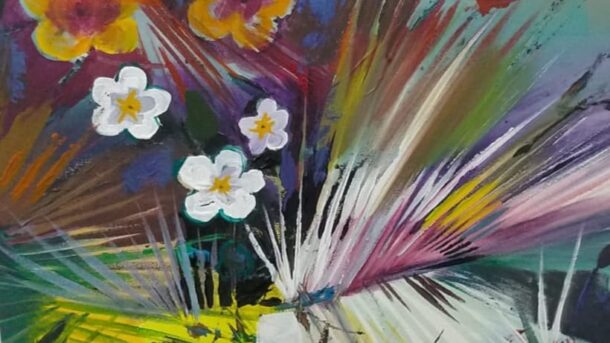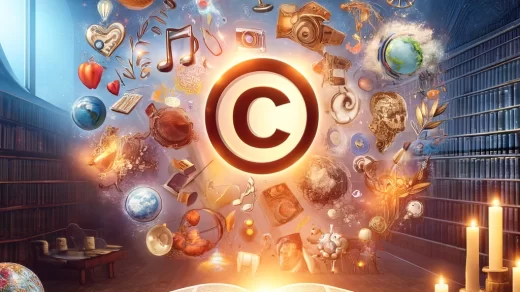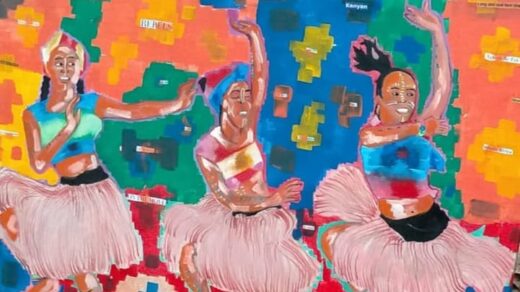In the world of art, where creativity knows no bounds, intellectual property (IP) rights play a crucial role in safeguarding the creations of artists and ensuring they receive due recognition and compensation for their work. Intellectual property encompasses copyrights, trademarks, and other legal protections that give artists control over their creations and offer the potential for commercialization.
In this article, we will explore the significance of intellectual property rights in the art world and the various forms of protection available to artists.
Copyright: The Artist’s Shield
Copyright is the primary form of intellectual property protection for artists. It safeguards the artistic expression in various forms, including paintings, sculptures, photographs, and more.
The moment an artist creates an original work, it is automatically protected by copyright, granting the creator exclusive rights to:
- Reproduce the work
- Distribute copies
- Display the work publicly
- Create derivative works
Copyright protection typically lasts for the lifetime of the artist plus 70 years, ensuring that artists, their heirs, or assigned rights-holders can benefit from their creations long after they are gone.
Moral Rights: Preserving the Artist’s Integrity
In addition to economic rights, artists also have moral rights that protect the integrity of their work. Moral rights include the right to:
- Be attributed as the author of the work
- Prevent the work from being falsely attributed
- Object to any derogatory treatment of the work that may harm the artist’s reputation
Moral rights offer artists the power to control how their works are presented and attributed, ensuring their creations are not subject to misrepresentation or degradation.
Trademarks: Branding the Artistic Identity
Artists can also protect their artistic identity and brand through trademarks. A trademark can be used to protect an artist’s signature style, logo, or any distinctive symbol associated with their work. By registering a trademark, artists can prevent others from using similar marks that may cause confusion in the market.
Licensing and Contracts: Managing IP Rights
Artists can monetize their intellectual property through licensing agreements and contracts. These agreements allow artists to grant specific rights to third parties, such as art galleries, publishers, or merchandise manufacturers. In return, artists receive compensation and retain control over their work.
Challenges in the Digital Age
The digital age has presented new challenges and opportunities for artists regarding intellectual property rights. While it’s easier than ever to share and promote art online, it also raises concerns about unauthorized reproduction and distribution. Artists must be vigilant in protecting their creations and consider digital watermarking, licensing for online use, and actively monitoring their work on the internet.
Enforcing IP Rights
Enforcing intellectual property rights can be a complex and often costly process. Artists may need to take legal action to protect their work, especially in cases of copyright infringement. Having clear records of their work’s creation and registration can be instrumental in such cases.
Conclusion
Intellectual property rights are vital in the art world, offering protection, recognition, and potential revenue for artists. Copyright, moral rights, trademarks, licensing, and contracts all play essential roles in preserving the integrity of an artist’s creations and ensuring they are fairly compensated for their work.
In the digital age, artists must remain vigilant and proactive in safeguarding their intellectual property. By understanding their rights and taking appropriate measures to protect their creations, artists can continue to contribute to the rich tapestry of human creativity while securing their own artistic legacy.




